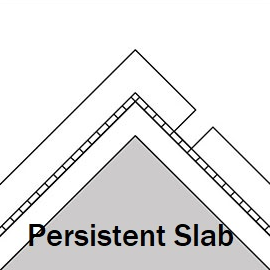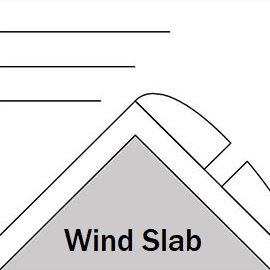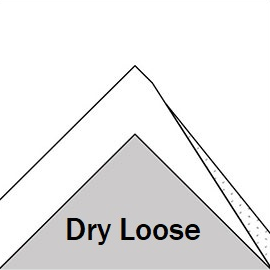Gudauri
Natural avalanches are unlikely, human-triggered avalanches are possible. Small avalanches in specific areas, or large avalanches in isolated areas.
20cms of new snow with a period of stronger wind from the SE - E means that windslabs have formed around ridges, so the entrances to slopes need to be checked carefully. These slabs may be soft and 'pillowy' but will be reactive for at least 24 hours. If triggered, they could also trigger deeper layers. Loose dry 'sluffs' will also be an issue in steep areas over the next couple of days. Be careful with your speed, as the new snow hides many rocks!
Forecast issued at: 7 February 2025 09:30
Forecast valid until: 10 February 2025 09:30
Forecaster: Manu Greer
High Alpine
> 2600m
2 Moderate
Heightened avalanche conditions on specific terrain features. Evaluate snow and terrain carefully; identify features of concern.
Alpine
2000m - 2600m
2 Moderate
Heightened avalanche conditions on specific terrain features. Evaluate snow and terrain carefully; identify features of concern.
Sub Alpine
< 2000m
1 Low
Generally safe avalanche conditions. Watch for unstable snow on isolated terrain features.
Avalanche Problems
Persistent Slab

In most places in the high alpine, and shadier places in the alpine zone, layers of weak snow can be found at the base and middle of the snowpack. Sudden collapses of these layers caused by a rider's weight could trigger large avalanches on slopes of more than 30 degrees. Dig somewhere representative of the slope you want to ride before you drop in to see if you can find these weaknesses.
| Sensitivity | The specific avalanche problem type is difficult to trigger with a human rider. |
| Distribution | A few, isolated locations; evidence for instabilities is rare and hard to find. |
| Time of Day | All day |
| Trend | No change |
| Confidence | Moderate |
Wind Slab

Watch out for build-ups or pillows of wind-deposited snow around ridges. Even a small slab could also trigger the persistent slab lower down.
| Sensitivity | The specific avalanche problem type is reactive to human rider triggers. Easy to trigger with ski cut. |
| Distribution | Specific areas, with common characteristics. Evidence for instabilities exists, but it is not obvious and finding it requires careful observations. |
| Time of Day | All day |
| Trend | Improving |
| Confidence | Moderate |
Loose Dry

On most aspects, loose new surface snow could form small avalanches in steep areas. After a day or two, these will onlly be found on the N 1/4.
| Sensitivity | The specific avalanche problem type is reactive to human rider triggers. Easy to trigger with ski cut. |
| Distribution | Many locations. Evidence for instabilities is frequently found, in many locations. |
| Time of Day | All day |
| Trend | Improving |
| Confidence | High |
Recent Avalanches and Snowpack
A couple of size 1 loose snow slides reported near kobi pass 6th February, NE aspect, 3100m.
Around 20 cm of new snow has fallen over the last two days (most of it on wednesday). In places the new snow has built up to 40cm due to S and E winds. Before the snowfall the snowpack was thin in many places, with early-season snow forming a weak, sugary base layer in many places above 2500m on all aspects but worse on the N 1/2. Hard old wind deposited layers can be found in the mid-pack, with weak snow and surface hoar layers seen above and below them. This layer combination caused easy failures in test results in some locations, and would be more dangerous in places where the harder layer is thinner.
Weather
Mostly fine with some cloud for the next few days. Cold temperatures and light winds, mostly from S and SW.
Disclaimer
Our avalanche forecasters are internationally qualified and experienced professionals, and data is provided by skilled observers. We encourage you to make your own observations and decisions, without relying solely on our forecast, since any forecast is a generalised 'best guess', and in certain cases it might be inaccurate. We can not be held liable for any actions you take in the backcountry that may result in injury, loss or death.